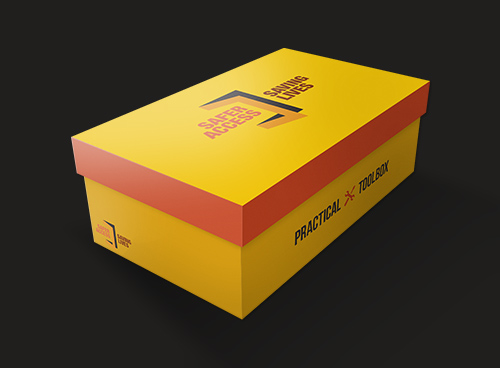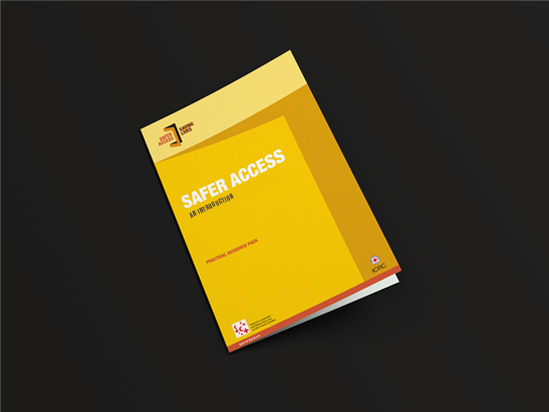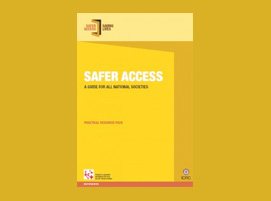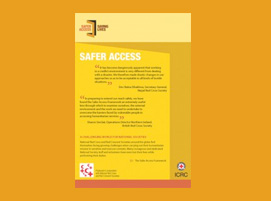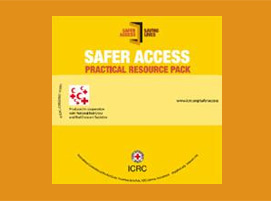This website is a collection of resources to help National Societies learn about and apply the actions and measures recommended in the Safer Access Framework in their day-to-day work. It is a one-stop shop containing practical guidance, tools, and National Societies’ shared experiences.
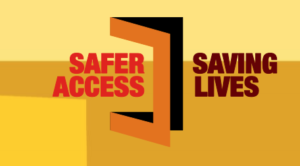
The checklist “Implementing COVID-19 responses in situations of armed conflict and other sensitive and insecure contexts” aims at being a pragmatic way to highlight SAF-inspired actions/reflection prompts for National Societies under each SAF elements throughout the Covid-19 response and beyond. This checklist is organised around what is already being done in the field by National Societies themselves and the Movement more broadly and can be adapted on a pick-and-choose basis by the different National Societies in line with their context-related challenges and operational realities. The different items under each element are to be read as triggers for reflection and adaptive action and by no means represent an exhaustive list.
Red Cross Red Crescent National Societies implementing Covid-19 response in sensitive and insecure contexts: SAF Covid 19 success stories
The operationalisation of the Safer Access Framework is a context-driven process, therefore meant to adapt and being unpacked depending on both contextual and operational developments in the field. This is why the examples in this section corroborate the relevance of SAF through at least three dimensions: (i) familiarity with SAF helped National Societies (NSs) to structure their response; (ii) Covid-19 response plans contributed to enhance ongoing SAF-related engagements within/with NSs; and (iii) NSs’ role in responding to the pandemic opened possibilities to connect SAF with a longer-term NS Development discourse.
This document showcases the successful Covid-19 response from several Red Cross Red Crescent National Societies. Practical examples and tools from the several different Red Cross Red Crescent National Societies is updated in the ‘Newsfeed’ section of this website and is part of several success stories of National Societies implementing Covid-19 response with the help of Safer Access in sensitive and insecure contexts.
The red cross, red crescent and red crystal. What do they mean? In one word: protection
In a world crowded with symbols, what do the Red Cross, Red Crescent and Red Crystal mean? They are symbols of protection that international law gives to the wounded and sick, and those caring for them, in armed conflict. They tell those fighting that they must not attack anyone or anything that displays these emblems. The symbols can also show a connection to a red cross or red crescent organization, when integrated into their logos. They help people know they are humanitarian organisations, helping people in natural disasters, times of war or other emergencies. Purely based on need. The emblems are not religious symbols. They serve humanity. They are a symbol of protection and a sign that help is at hand. They are also a sign of hope, and must be respected.
This short video provides a brief overview of the meaning of the Red Cross, Red Crescent and Red Crystal. Delegations and National Societies are encouraged to use it in their awareness-raising sessions.

